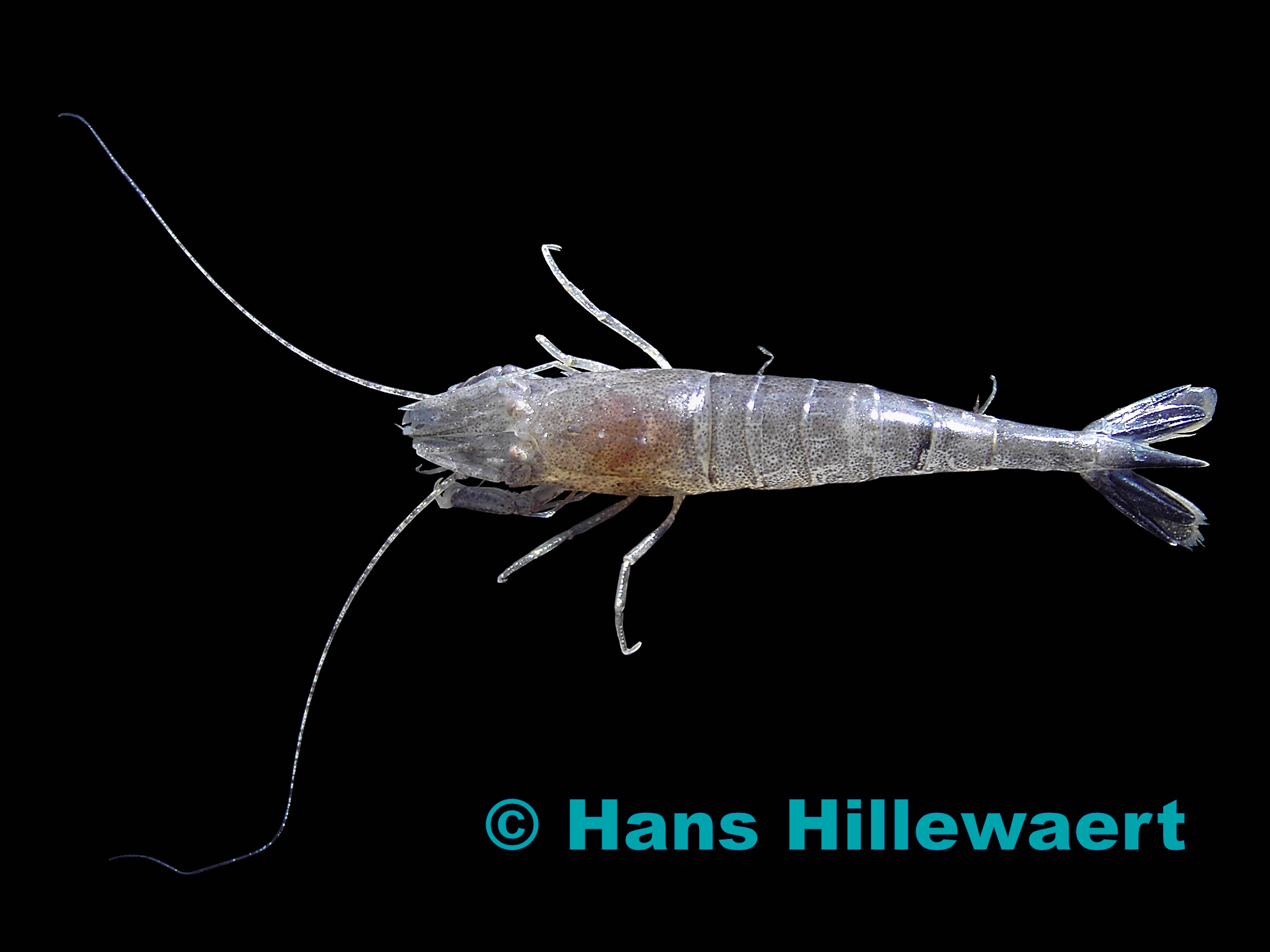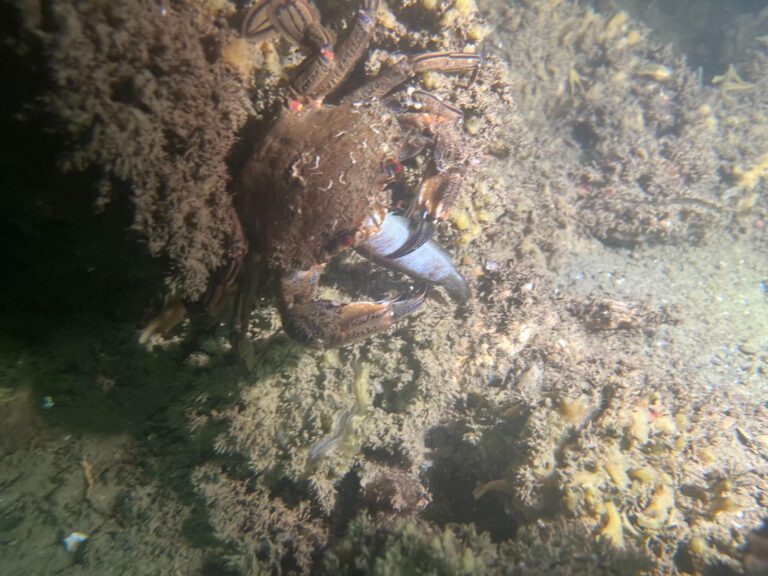Common Brown Shrimp

Common Brown Shrimp (Crangon crangon) - Bruine Garnaal
- Taxonomy: The Common Brown Shrimp is part of the Crangonidae family. They are found in the North Atlantic and North Sea.
- Size: Typically grows up to 9 cm in length, with females usually larger than males.
- Reproduction: Females carry eggs in a pouch under their body. After hatching, larvae float in the water before settling on the seabed.
- Taxonomy: The Common Brown Shrimp belongs to the Crangonidae family. They are common in the North Atlantic and North Sea.
- Size: Typically grows up to 9 cm in length, with females usually larger than males.
- Reproduction: Females carry eggs in a pouch under their body. After hatching, larvae float in the water before settling on the seabed.
- Habitat: Found in sandy or muddy coastal waters. They prefer depths of up to 50 meters.
- Diet: Feeds on tiny organisms like plankton, worms, and algae.
- Conservation: Though not endangered, they face threats from pollution and overfishing.
- Unique Anatomy: Brown shrimp have flattened bodies that help them burrow into sand. Their eyes sit on stalks, allowing them to move independently.
- Color Change: They can change color to blend with their surroundings, aiding in camouflage and protection from predators.
- Lifespan: Typically lives up to 2 to 3 years, depending on environmental factors.
The Life of the Common Brown Shrimp
When you think of marine life, larger creatures like dolphins and turtles may come to mind. However, the ocean is also home to smaller, yet vital animals like the Common Brown Shrimp. They play an important role in the marine food chain, feeding on tiny organisms and serving as food for fish and birds.
What is a Common Brown Shrimp?
This shrimp species is a small but hardy crustacean that lives in shallow waters, often close to the shore. It can be found from the Mediterranean Sea to the North Sea. You may have seen them in Dutch markets, where they are commonly sold as Noordzee garnalen.
How Do They Live?
Common Brown Shrimp are bottom-dwellers. They spend most of their time burrowing in the sand to hide from predators. At night, they come out to search for food, using their tiny pincers to pick at algae, worms, and small crustaceans. Their eyes, which can move independently, help them spot threats while they forage. They also have the ability to change color, making it easier to blend into their surroundings and avoid being eaten.
Breeding and Growth
These shrimp have an interesting life cycle. After mating, females carry eggs in a pouch until they hatch. The larvae float in the water for a few weeks before they settle on the seabed. There, they grow rapidly, especially in warmer waters, and become part of the ecosystem.
Ecological Importance
Despite their size, these shrimp are crucial for the ocean’s health. They are a key food source for many species of fish and birds. Without them, many larger animals would struggle to survive. They also help keep the seabed healthy by feeding on algae and other small organisms.
Conclusion
The Common Brown Shrimp may be small, but it is essential to the marine ecosystem. From feeding bigger fish to helping balance the seabed environment, this little creature plays a vital role in our oceans. Next time you walk along the beach or eat seafood, take a moment to think about the important role these tiny shrimp play in keeping our marine life healthy.







